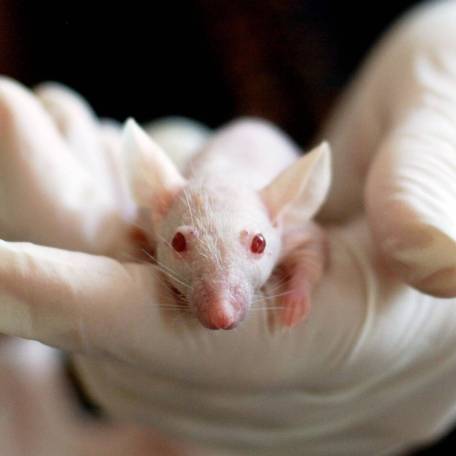Nadezda Shershakova, et.al., J. Nanobiotechnology, (2016) 14: 8, DOI:10.1186/s12951-016-0159-z
Anti-inflammatory effect of fullerene C60 in a mice model of atopic dermatitis
Click Here to Open the Full PDF File:
Abstract
Background: Water-soluble form of fullerene C60 is a promising tool for the control of ROS-dependent inflammation including allergic diseases. Anti-inflammatory effects of C60 (nC60) aqueous dispersion were evaluated in the mouse models of atopic dermatitis using subcutaneous (SC) and epicutaneous (EC) applications during 50 days period. A highly stable nC60 was prepared by exhaustive dialysis of water-organic C60 solution against water, where the size and ζ-potential of fullerene nanoparticles are about 100 nm and −30 mV, respectively.
(Anti-inflammatory effect of fullerene C60 in a mice model of atopic dermatitis)
Results: To induce skin inflammation, female BALB/c mice were EC sensitized with ovalbumin three times during one-weekly exposures. The nC60 solution was administrated in mice subcutaneously (SC) (0.1 mg/kg) and epicu- taneously (EC) (1 mg/kg). Significant suppression of IgE and Th2 cytokines production and a concomitant rise in concentrations of Th1 cytokines were observed in nC60-treated groups. In addition, a significant increase in the levels of Foxp3+ and filaggrin mRNA expression was observed at EC application. Histological examination of skin samples indicated that therapeutic effect was achieved by both EC and SC treatment, but it was more effective with EC. Pro- nounced reduction of the eosinophil and leukocyte infiltration in treated skin samples was observed.
Conclusions: We suppose that nC60 treatment shifts immune response from Th2 to Th1 and restores to some extent the function of the skin barrier. This approach can be a good alternative to the treatment of allergic and other inflam- matory diseases.
Keywords: Fullerene C60, Atopic dermatitis, Mouse model, Cytokine

